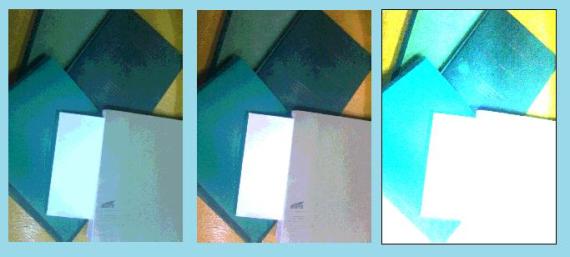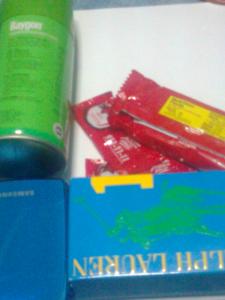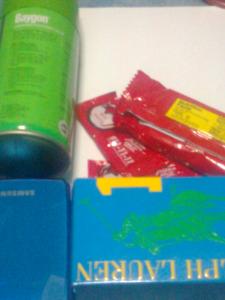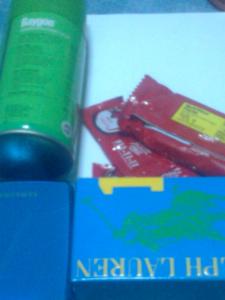For the past activities we have always been working with either binary or grayscale images. But wouldn’t it be a waste if we would just convert every image that we have to grayscale whenever we want to enhance it. In this activity, we will learn some image processing technique that will help enhance the quality of our images without giving up its color, well at least not all of it.
First we gather colorful images (with something white in the background) using different white balance options available with our camera. I used my Nokia 2700 camera phone for this so my images were not that highly resolve but they will do just fine. There are four white balance settings available in my phone – Auto, Daylight, Incandescent, and Fluorescent. The images obtained using these settings are shown in Figures 1-4.
Among the four images the one captured using ‘Incandescent’ setting is chosen for enhancement since it looks a little too blue. This is probably in consideration for the yellow orange – ish color of the light coming from an incandescent bulb.

Figure 5. Image (left) processed using White Patch Algorithm (middle) and Gray World Algorithm (right)

Figure 6. Image consisting of objects with the same hue (left) processed using White Patch Algorithm (middle) and Gray World Algorithm (right)
For the two examples, the white patch algorithm gave better results than the gray world algorithm.
I would like to thank Jonathan Abat for sharing his insights about this activity
Grade: 9/10
— to be continued



